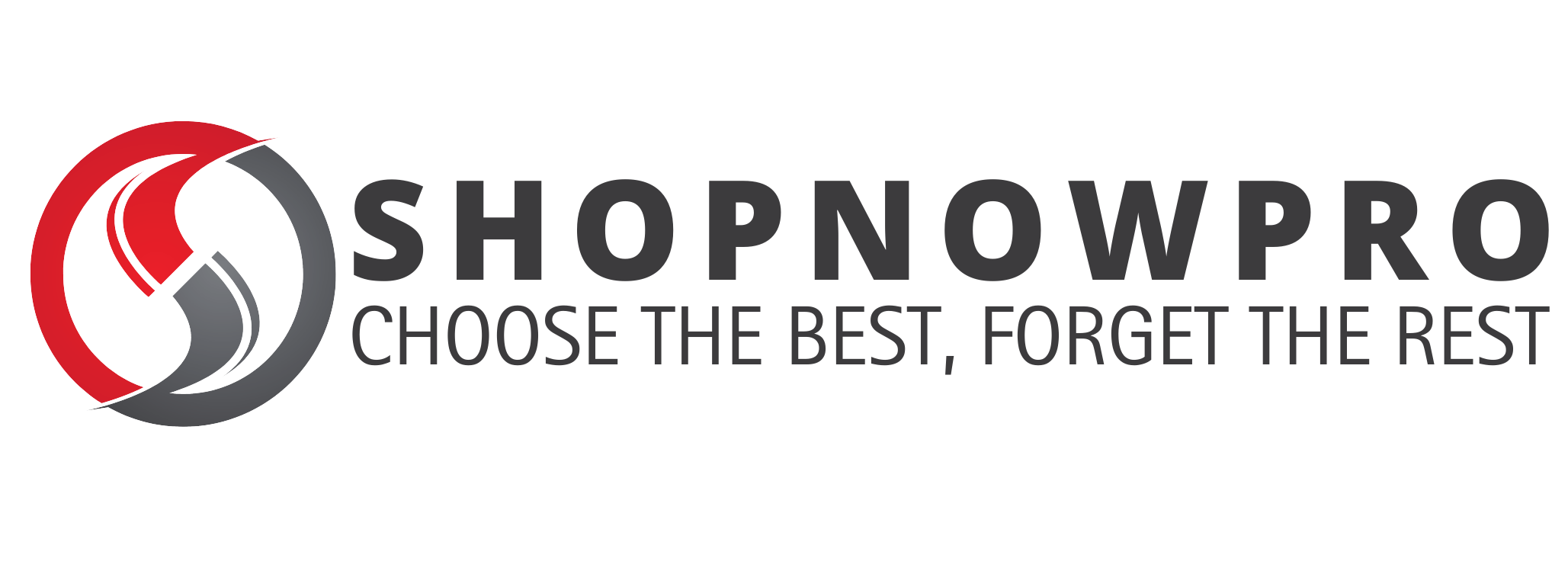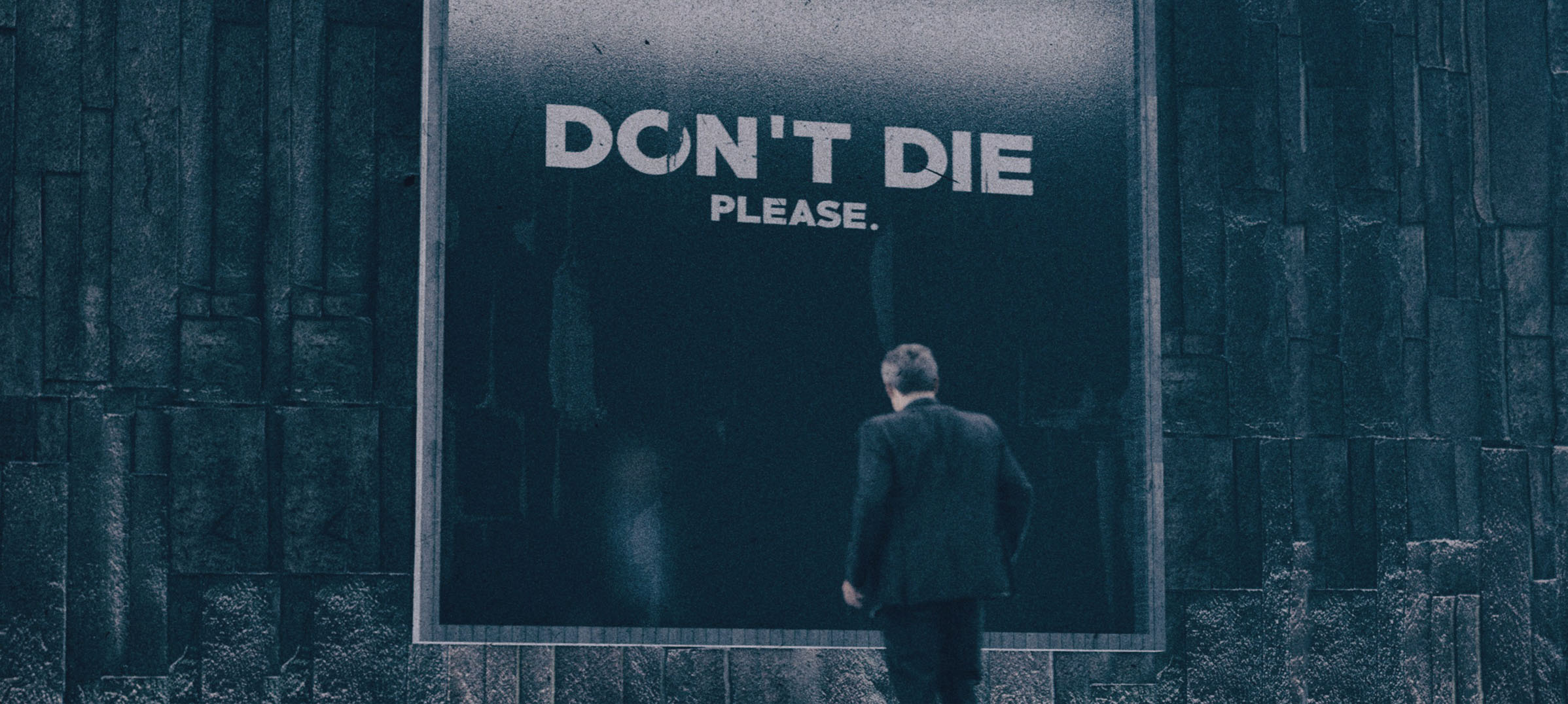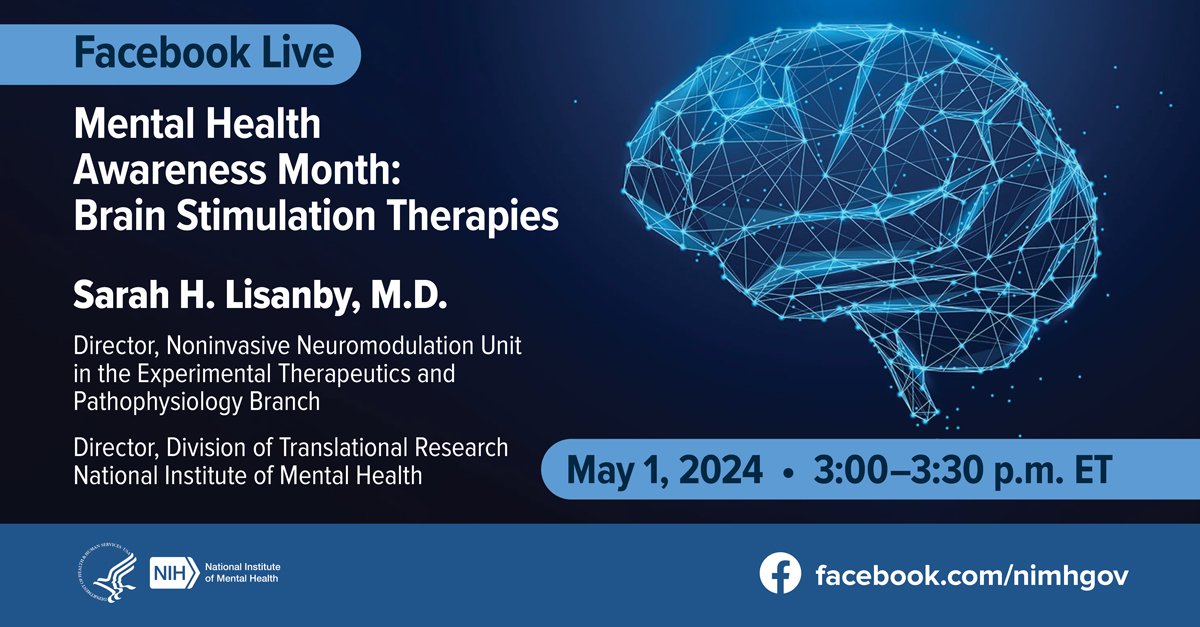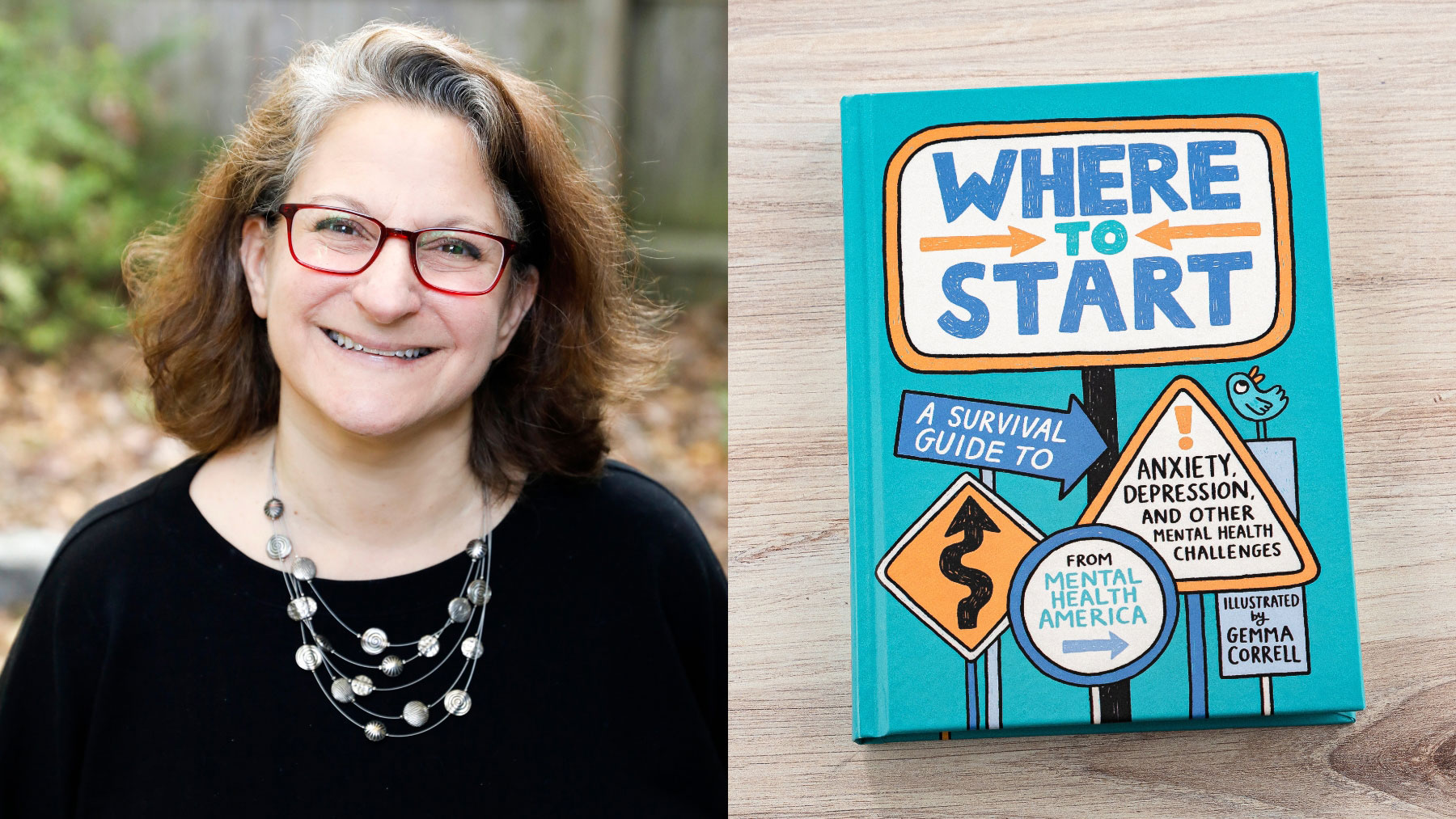
Editor and publisher Lauri Hornik went looking for a book on mental health that didn’t exist. Something relatable, free of the usual jargon and that could help young people with many questions safely navigate their mental health. Something that could show them “where to start.”
When Lauri couldn’t find a book like this, she partnered with Mental Health America and artist Gemma Correll create “Where to start: A survival guide for anxiety, depression, and other mental health challenges.” Since its release in 2023, thousands of copies have been sold and he recently appeared alongside Lauri in people magazine.
With a prestigious career as an editor, Lauri recently formed her own imprint, Rocky Pond Books, at Penguin Random House, where she focuses on publishing authentic and hopeful mental health stories for children and teens.
To celebrate the paperback release of Where to Begin, we sat down with Lauri to learn more about her career and how the book came to life.
Mental Health America: Could you describe your publishing experience and talk about the role of an editor in creating a book?
Lauri Hornik: I started as an editorial assistant right out of college at a children’s book publisher, and have worked my way up as an apprentice, which is how editors do, really. They start as assistants, observe their supervisors, and then gradually develop their own technique. I think that each editor has a different process, but mainly what an editor does is look for projects to publish, develop those projects with the authors, and if it is an illustrated book, also with the illustrator. Also, being the advocate for the book internally, sales, marketing, and then kind of a clearinghouse for all the information going forward.
To find projects to publish, there are a million different ways to do it. “Where to Start” was a book I really wanted to exist when my daughter was in high school and beyond. Then I started thinking, who would write this book? Where is the best content? And I really admired Mental Health America, and when I was researching the website, all the information that I really wish I had found at the time was there. So it seemed like a natural fit. I was excited when I had the opportunity to collaborate with you on it.
Mental Health America: You recently launched an imprint at Penguin Random House focused on mental health stories. What was your inspiration?
Lauri Hornik: The inspiration was absolutely wanting to publish more content for kids and teens primarily about mental illness and the experience of mental illness, and wanting those books to be very authentic. I wanted them to be informative and also provide comfort to people going through difficult emotional situations.
I felt like most books published for teens were about teens observing mental illness in others rather than from the point of view of someone struggling. Living with a parent who was depressed, for example, was often the norm. That’s why I wanted my books to offer a lot more first-hand experience.
Even with picture books, which I do a lot of, my goal is to introduce coping techniques to children ages four to seven. Certainly, children that age face anxiety and pain. I have published several books on those topics for young children because they help make sense of these difficulties, and the adults in their lives can use the book to help guide them.
Mental Health America: And you called the label Rocky Pond. What does that name mean to you?
Lauri Hornik: Rocky Pond was my childhood swimming hole when I lived in Hollis, New Hampshire. It’s where we went in the summer. It was a pond with a pond. So the logo is largely a drawing of Rocky Pond and the raft we would swim to. When I was trying to think of what to call this imprint, I realized that this part of my childhood and adolescence was really representative of coming of age, of becoming braver.
For one thing, it was rumored that there were snapping turtles under the raft. So if we were to swim to that raft, it would be a very brave thing to do. What if the snapping turtle caught you? So, it was about overcoming the discomfort. And exploration… and definitely childhood.
Mental Health America: There are many books with mental health themes that do not have happy endings. But what you’re looking for are stories that are comforting and ultimately address a theme of hope. Why is this especially important to you?
Lauri Hornik: Yes, that is absolutely a goal. One thing that led me to that was what my daughter, when she was a teenager, she chose to read. She was reading adult books that were not intended to help a young person understand an experience. They offered a very authentic experience, but the guidance and gentle touch was not there. So I would love for the books I publish to offer guidance and hope to readers who are just beginning to try to figure out what’s going on in their heads and how to move forward through the struggle.
Living with mental illness is something that many people do and it is something to deal with, but not something that is completely negative. There is also a lot of richness that comes from overcoming an experience like that.
Mental Health America: What was the process like collaborating with Mental Health America to write “Where to Start”? How did you decide what resources you wanted to include?
Lauri Hornik: Well, the decision was immediately made not to use a lot of jargon, to be very, very clear and use simple language because the book is meant to be the introduction, the first step. If you feel like something is wrong, if you’re struggling with something and you don’t really know what, if you don’t know how to talk about it. This book is about what might be happening, how to talk about it, and who to talk about it with. So just making that language really accessible and clear.
An adult nonfiction book about mental health might cite studies, might include scientific topics, you know, so not that stuff. That’s for another book. And I think we all agreed that that was the way to go. And that’s very much the language on the Mental Health America website, so we absolutely adopted the tone, the content that was already there.
Mental Health America: This book was written for teens and young adults, but many older people find a lot to relate to in it. Could the audience be even broader than you intended?
Lauri Hornik: I absolutely agree that it translates to a much wider audience than what is marketed. When the people at Penguin were thinking about how to best position the book, there was a lot of discussion about whether or not to include the word “teenager” in the subtitle, and it was MHA who felt that “teenager” should not be included. because much of the primary audience for this book would be twenty-somethings. It’s definitely broader than just teenagers.
But the initial inspiration was that it would be even for 12-year-olds, kids when they start experiencing symptoms, which often start in high school. He wanted the book to work for high school and beyond.
Mental Health America: Has published many different types of books, some of them picture books and “Where to Start” articles. work by Gemma Correll, a long-time partner of MHA. Beautiful, fun and identifiable illustrations. They really add a little more light to the book. Can you talk about that collaboration and share your thoughts on including illustrations in young adult books?
Lauri Hornik: Gemma’s cartoons were one of the first ways I found Mental Health America and one of the first pieces I tried to figure out what this book should be like. I absolutely wanted a piece of art that was another expression of the experience of mental illness that was accessible, that felt good, that felt like, “Oh, this person understands me,” and “Yes, that’s me.” Gemma is a master at that, so it was exciting to have her as part of the project. And I think such a piece of art in a book can be a shorthand form of expression and a way for the reader to feel a quick connection to the book.
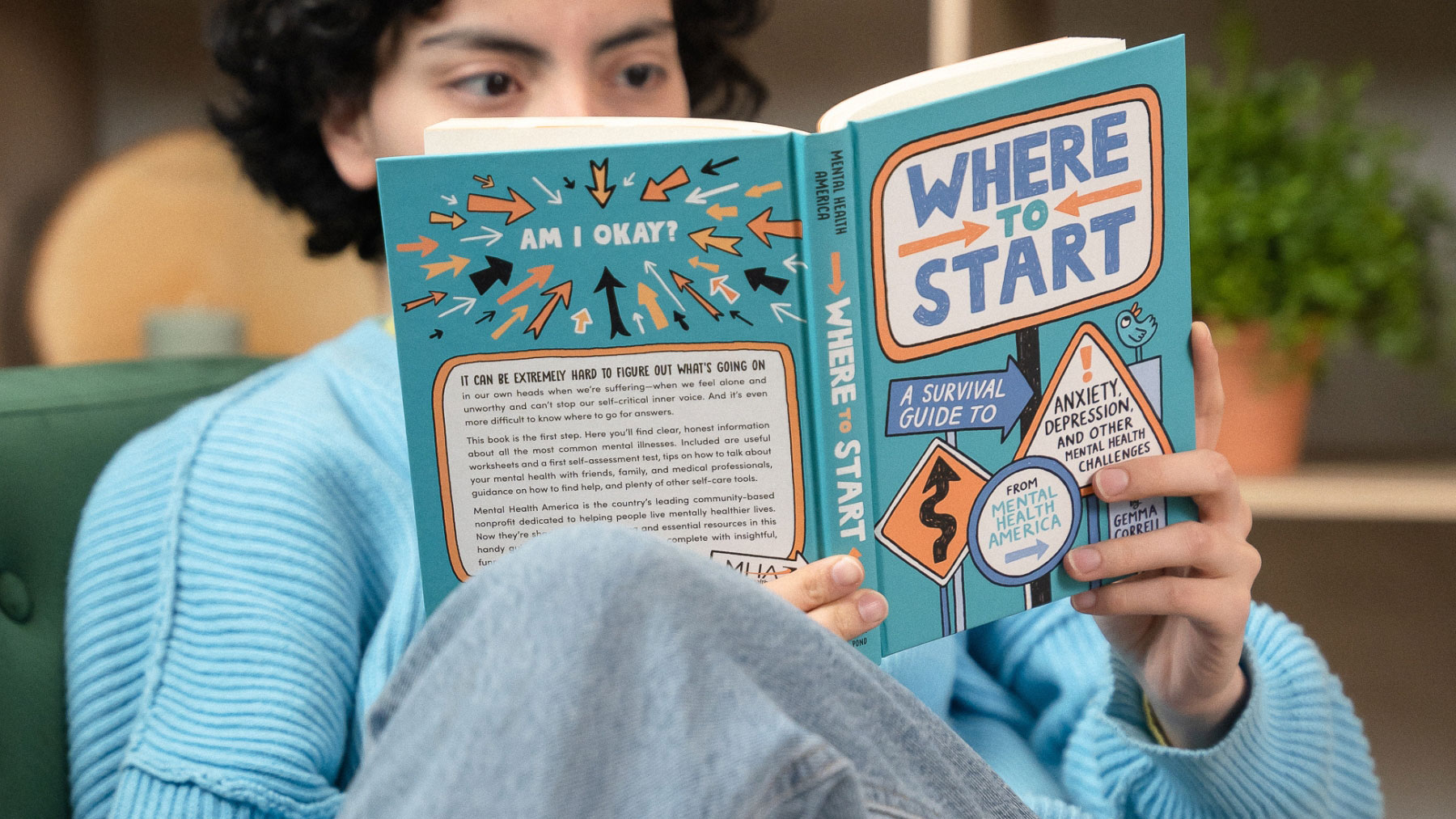
Mental Health America: Thousands of copies of “Where to Start” have been sold so far, many directly from the Mental Health America store. What do you think resonates so much with readers?
Lauri Hornik: It was a book that was much needed and that did not yet exist. People find out and see that this is the content they needed. They’ve been trying to capture it from various places and now it’s all in this nice, compact, pretty book. It also has worksheets, which are also very useful. I think it’s a book that when the person who needs it finds out about it, then it’s an obvious choice.
“Where to Start: A Survival Guide to Anxiety, Depression, and Other Mental Health Challenges” is available to order at The Mental Health America Store and wherever books are sold.
